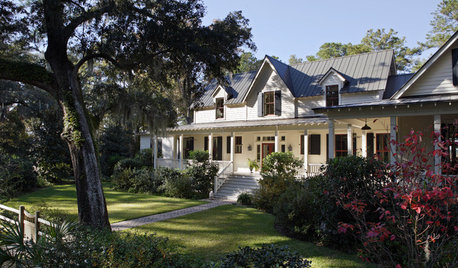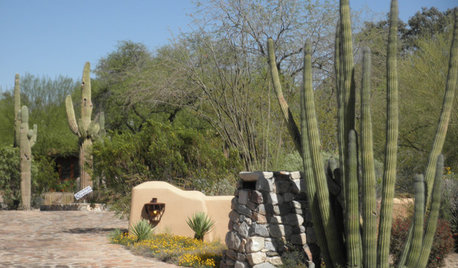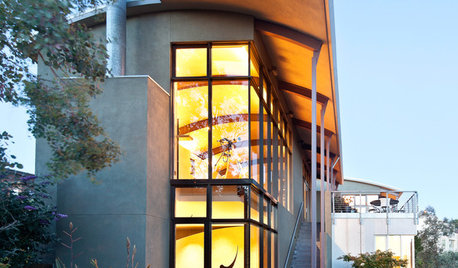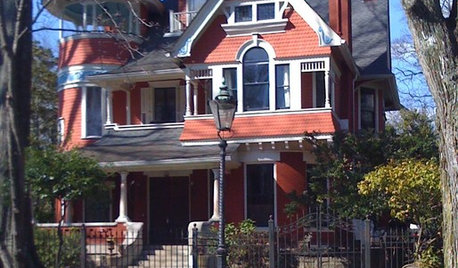Difference between American Elm and others?
milehighgirl
15 years ago
Related Stories

MODERN HOMESHouzz Tour: A Palm Springs Midcentury Home With Central American Flair
A couple’s desert oasis home takes its style cues and color inspiration from Guatemala
Full Story
COLORFUL HOMESHouzz Tour: A Home of a Different Color
An interior designer infuses a Colorado home with daring and drama
Full Story
ARCHITECTURE6 American Takes on Tudor Style
Classic elements and modern twists create plenty of variations on this medieval architectural style
Full Story
TRADITIONAL HOMESBefore and After: Beauty and Functionality in an American Foursquare
Period-specific details and a modern layout mark the renovation of this turn-of-the-20th-century home near Boston
Full Story
ARCHITECTURERoots of Style: American Farmhouses Pay Tribute to Regional Traditions
With simple forms and details that honor their locales, farmhouse architecture transcends time
Full Story
DECORATING GUIDESCelebrating the Great American Quilt
They speak of family, history and beauty. Is it any wonder quilts transcend design styles?
Full Story
SOUTHWEST GARDENINGUnderstanding the American Southwest's Three Main Climate Zones
If you live in one of the arid or semiarid regions of the U.S. Southwest, this gardening zone guide is for you
Full Story
ARCHITECTUREMust-Have Book: ‘A Field Guide to American Houses’
Be the architectural historian of your neighborhood with this invaluable updated version of a well-researched classic
Full Story
ARCHITECTUREAmerican Home Styles: The Queen Anne
The Queen Anne's wide porch, gable and tower were welcome additions to the neighborhood
Full StorySponsored
Leading Interior Designers in Columbus, Ohio & Ponte Vedra, Florida
More Discussions








ken_adrian Adrian MI cold Z5
lkz5ia
Related Professionals
Wrentham Landscape Architects & Landscape Designers · Bridgetown Landscape Architects & Landscape Designers · Middle Island Landscape Architects & Landscape Designers · Buford Landscape Contractors · Berkley Landscape Contractors · Dedham Landscape Contractors · Tamarac Landscape Contractors · Wayland Landscape Contractors · Oak Park Siding & Exteriors · Saratoga Springs Siding & Exteriors · Waterford Siding & Exteriors · Yorkville Siding & Exteriors · Welby Decks, Patios & Outdoor Enclosures · Leander Decks, Patios & Outdoor Enclosures · South Lyon Decks, Patios & Outdoor EnclosuresmilehighgirlOriginal Author
kman04
Dan _Staley (5b Sunset 2B AHS 7)
Embothrium